Does Beeswax Lip Balm Work? Unveiling the Benefits for Lip Care
As advocates for natural skin care, we often explore the efficacy of ingredients like beeswax in personal care products. Beeswax lip balm is a traditional choice for those suffering from dry, chapped lips, attributed to its barrier-forming properties that help to retain moisture and protect the skin from environmental factors. It's a natural emollient, meaning it softens and soothes, which is precisely what our lips need to stay hydrated and healthy.
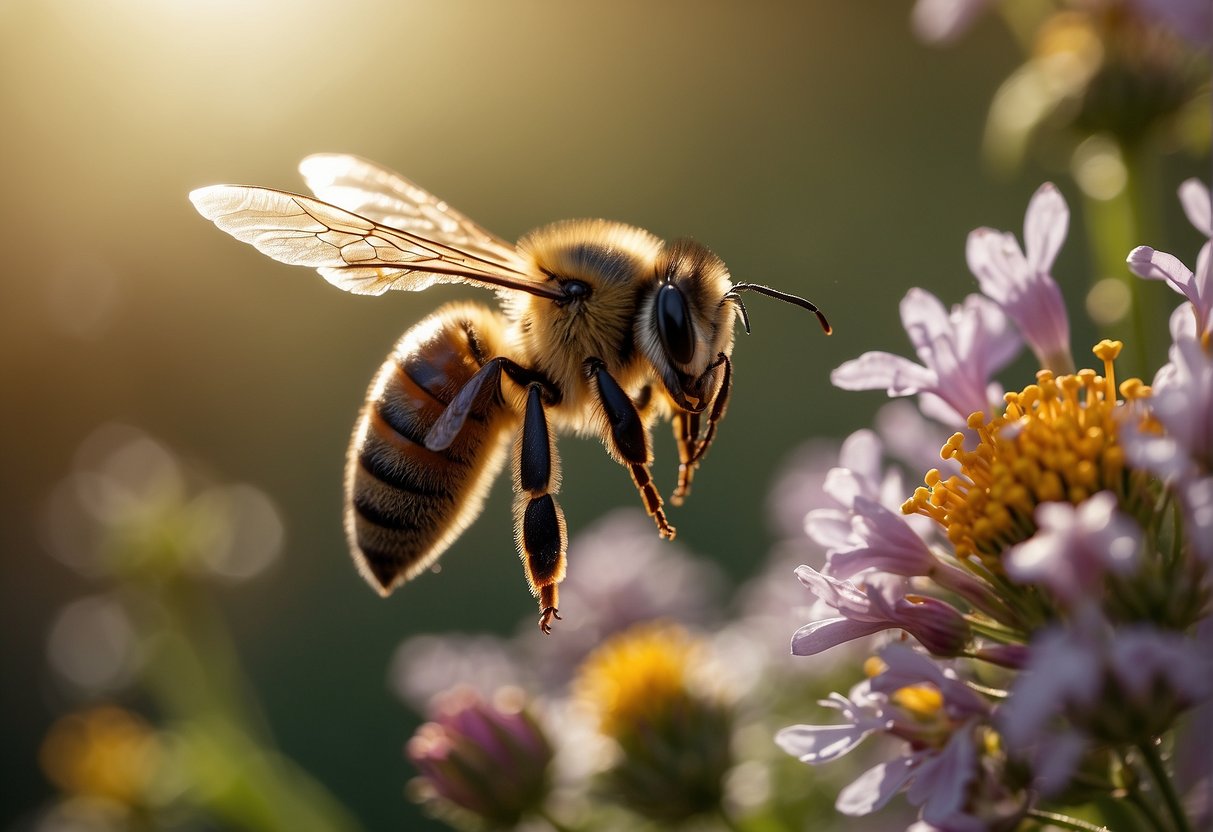
We also recognize the importance of combining beeswax with other natural ingredients to enhance the lip balm's effectiveness. Oils and butters, such as coconut oil or shea butter, often accompany beeswax in lip balm formulations to provide additional moisturizing benefits. These ingredients work synergistically to nourish the lips, indicating that there is merit to the widespread use of beeswax lip balms.
In terms of creating our own beeswax lip balm, we understand the value in knowing the exact components that go into our skin care products. Making lip balm at home allows for customization, ensuring that only safe and preferred ingredients touch our skin. Of course, advising on the proper usage and understanding the safety of these products is paramount to ensure that our lips are receiving the care they need without any adverse effects.
Key Takeaways
- Beeswax lip balm provides moisture retention and protection for dry lips.
- Other natural ingredients are often included to maximize the balm's moisturizing effects.
- Homemade beeswax lip balms allow for customization and control over ingredients used.
Benefits of Beeswax Lip Balm
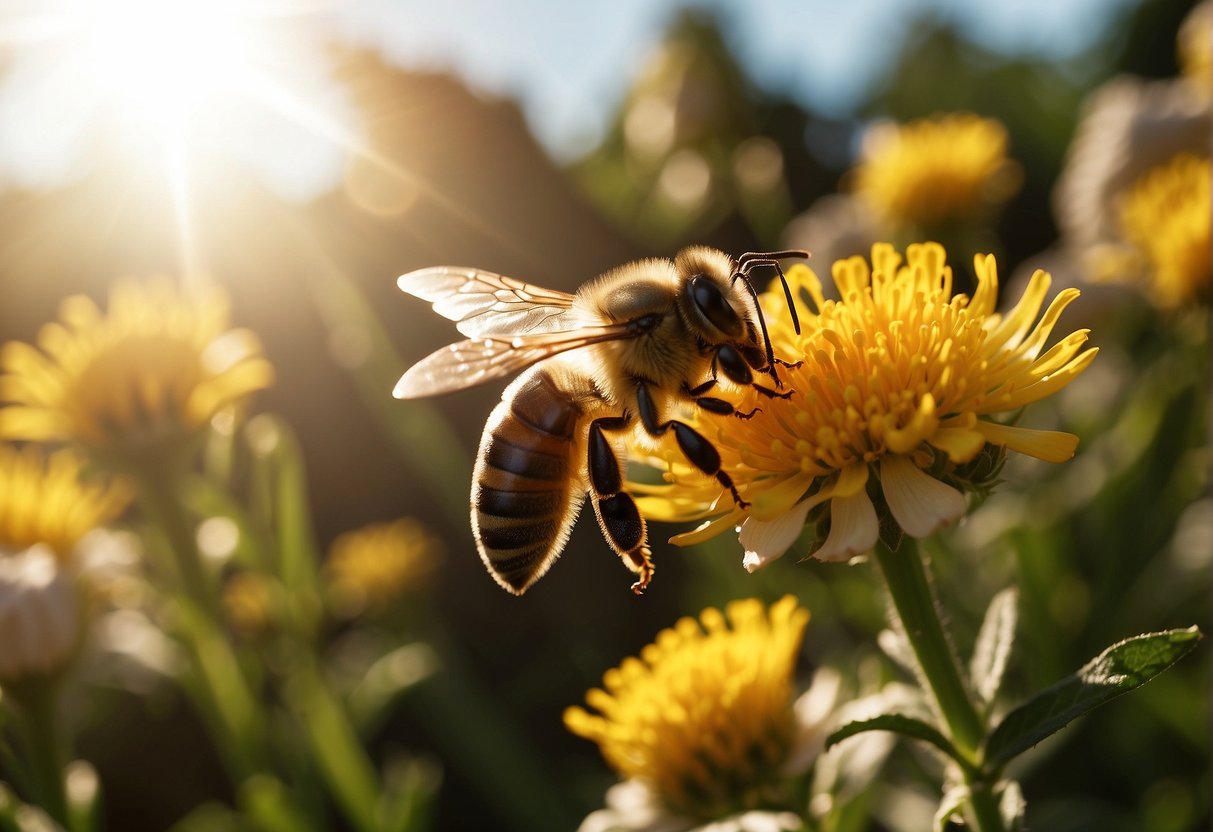
In our exploration of natural lip care, we find that beeswax stands out for its outstanding benefits. The presence of vitamin E and its role as a protective barrier solidify beeswax lip balm as a superior choice for maintaining lip health.
Natural Moisturizer
Beeswax acts as an excellent natural moisturizer for the lips. It helps to lock in hydration and keep the lips smooth and supple. The wax’s emollient properties provide a sustained release of moisture, which promotes long-lasting hydration.
Healing Properties
Our skin's capacity to heal is augmented by the antioxidant properties of beeswax. With its inherent healing capabilities, beeswax lip balm is not only soothing but also aids in the repair of minor abrasions or dryness on the delicate skin of our lips.
Protective Barrier
Beeswax naturally forms a protective barrier on the surface of our lips. This barrier provides defense against environmental aggressors while still allowing the skin to breathe. It serves to prevent further damage and seal in the moisture, ensuring lips remain hydrated.
Key Ingredients and Their Roles
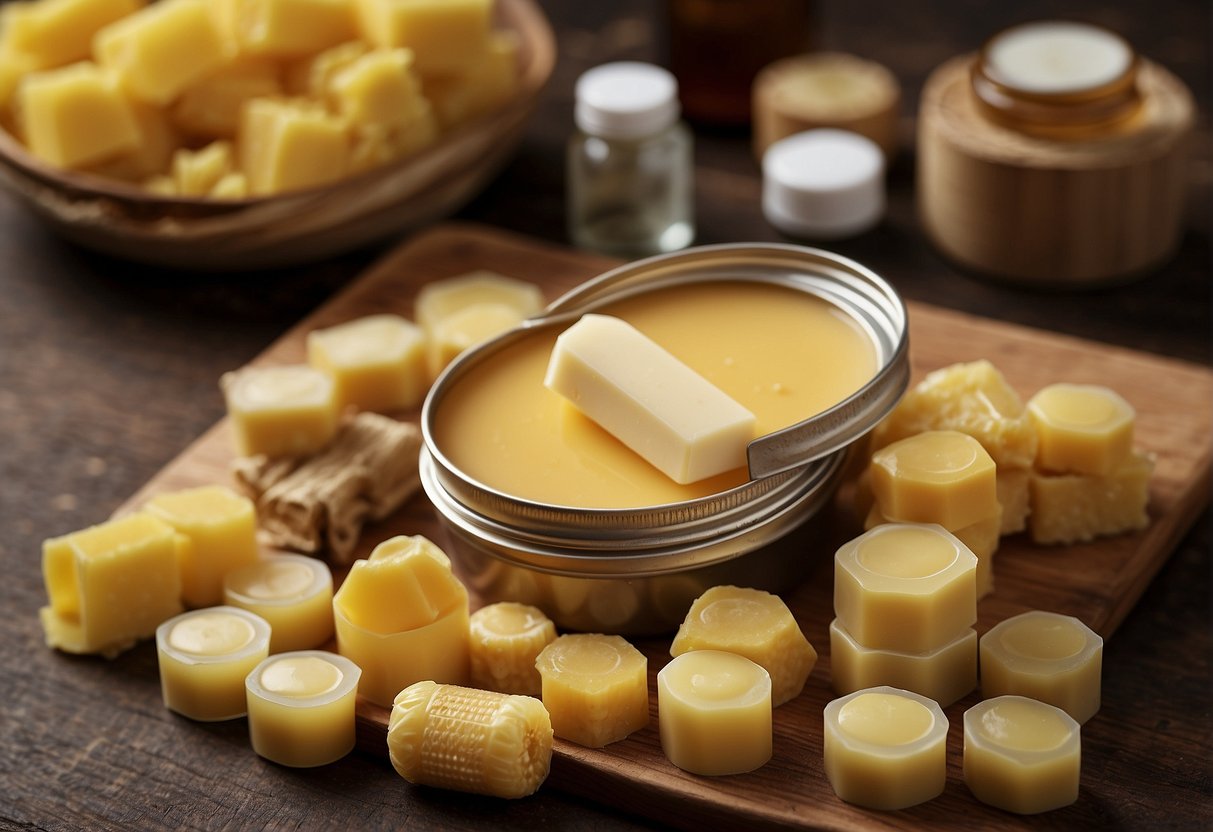
In beeswax lip balm, specific ingredients play pivotal roles in ensuring its effectiveness. We examine the core components, like honey and essential oils, for their unique contributions to the overall function of the balm.
The Role of Honey
Honey is renowned for its moisturizing properties and natural antibacterial qualities. When incorporated into lip balm, it helps to retain moisture and protect the lips from microbial infections.
Importance of Essential Oils
Essential oils such as peppermint oil and sweet almond oil are not only chosen for their pleasant scents but also for their therapeutic benefits. Peppermint essential oil provides a cooling sensation and can enhance circulation, while oils like jojoba and sweet almond are packed with vitamins and have excellent emollient properties.
Additional Hydrating Oils
Other hydrating oils like coconut oil, olive oil, and sunflower oil are essential for their high fatty acid content, which contributes to the lip balm’s hydrating effect. Rich emollients such as shea butter and cocoa butter also play a part in nourishing and protecting the lips, providing a barrier that keeps them soft and supple. Ingredients like vitamin E oil work as antioxidants and help to maintain healthy lip skin.
Homemade Beeswax Lip Balm

Crafting homemade beeswax lip balm allows us to control the ingredients, ensuring an all-natural product. Our DIY recipe is simple, cost-effective, and can be customized to suit personal preferences or to create thoughtful gifts.
Creating Your Own Balm
To start, we need beeswax as the primary ingredient for its consistency and protective properties. We use a double boiler to gently melt this along with a carrier oil, like coconut or almond oil. Once they blend together, we pour the mixture into containers to set.
-
Ingredients:
- Beeswax pellets or blocks
- Carrier oil (coconut, almond, etc.)
- Vitamin E oil (optional, for added benefits)
-
Instructions:
- Melt the beeswax and carrier oil using a double boiler.
- Remove from heat once fully melted and combined.
- Pour into containers and let them cool until solid.
Customizing Your Lip Balm
We enhance our homemade beeswax lip balm with essential oils for added fragrance and benefits. We carefully select oils such as peppermint for a cooling sensation or lavender for a calming effect. Always ensure that the essential oils are safe for topical use and properly diluted.
-
Personalization Options:
- Choose essential oils for scent and benefits.
- Infuse oils with herbs or flavors before adding to the mix.
- Add natural colorants if desired.
Our approach to DIY beeswax lip balm results in a craft that is not only enjoyable but also produces a natural product perfect for personal use or as a unique gift.
Lip Balm Usage and Care
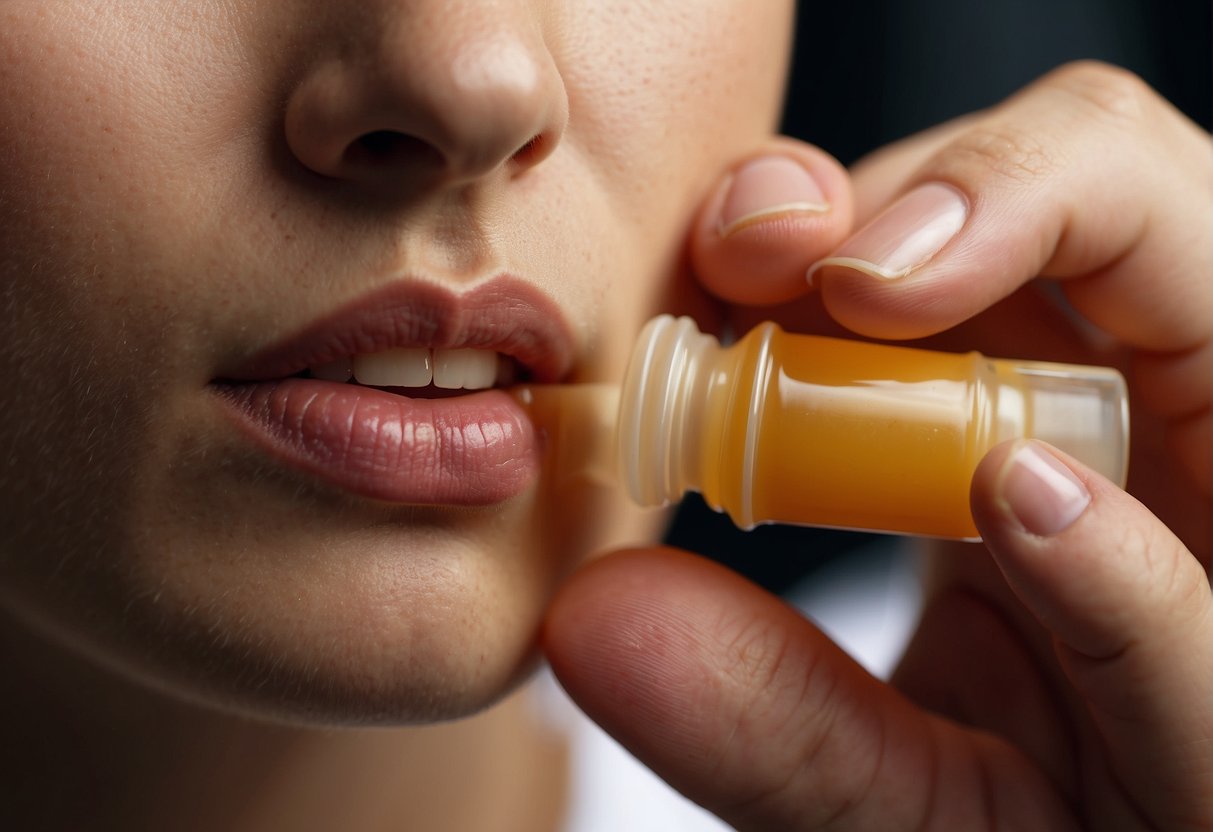
When using lip balm, we aim to achieve softer, healthier lips while considering the sensitivities of the skin. Our focus is on the correct application for maximum effectiveness and the proper storage to maintain the balm's quality and longevity.
Best Practices for Application
Applying lip balm correctly can ensure luscious, well-protected lips. We recommend a gentle approach for those with sensitive skin, starting with a small amount and evenly distributing it across the lips for a smooth finish. Here are clear steps we find most effective:
- Patch test: Before regular use, perform a patch test on a small area of your lip to check for potential allergies, especially when trying a balm with organic or natural ingredients.
- Clean hands: Always use clean hands to apply lip balm to prevent transferring bacteria to the lips.
- Moderate usage: Apply a thin layer of balm; too much product can make your lips dependent on the balm and hinder their natural moisture regulation.
Natural ingredient lip balms are often better suited for those with sensitive skin as they contain fewer irritants.
Storage and Shelf Life
Proper storage of lip balm is crucial to maintain its effectiveness and prevent contamination that could affect sensitive skin. Here is what we advise:
- Cool, dry place: Keep the lip balm in a cool, dry place away from direct sunlight to preserve its active ingredients.
- Tight closure: Ensure the cap is tightly closed after use to protect it from exposure to air, which can dry out the balm and reduce its soothing properties.
- Expiration date: Respect the expiration date, as natural ingredient balms can have shorter shelf lives and may not contain strong preservatives found in synthetic alternatives.
For balms with sunscreen, note that their protecting ingredients can degrade over time, so adherence to shelf life is particularly important.
Understanding Lip Balm Safety
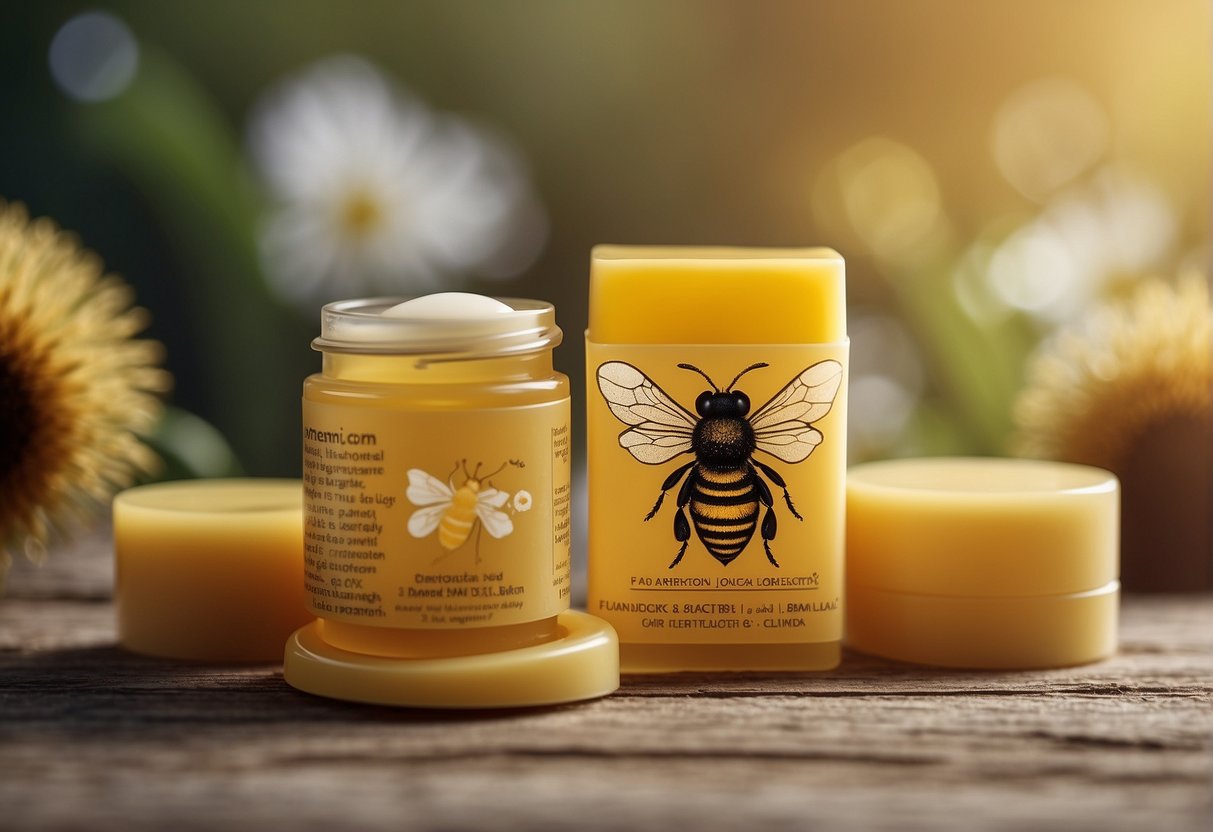
When we examine lip balm safety, particularly those containing beeswax, we prioritize the exclusion of harmful chemicals. Parabens, often used as preservatives in cosmetic products, are avoided due to their controversial nature, with some studies linking them to health issues. Additionally, synthetic ingredients and artificial fragrances can cause irritation or allergic reactions for some individuals, thus, opting for natural components becomes a safer choice.
Lip balms with beeswax as a base may include antibacterial agents and antiseptic properties, which help in protecting the lips against infections. This is essential, as the skin on our lips is thin and vulnerable to external elements. We also verify that the beeswax sourced is earth-friendly and obtained without harm to bees. Sustainable beekeeping practices contribute to the health of the ecosystems that bees support.
Another aspect to consider is how beeswax lip balms respond to temperature: they should not melt away nor cause burns upon application. The melting point of beeswax is high, which helps in maintaining the shape and consistency of the lip balm. We advise testing the lip balm on a small skin area to ensure there is no adverse reaction before using it extensively. Our commitment is to offer products that are not only effective but also safe and conducive to overall well-being.
Frequently Asked Questions
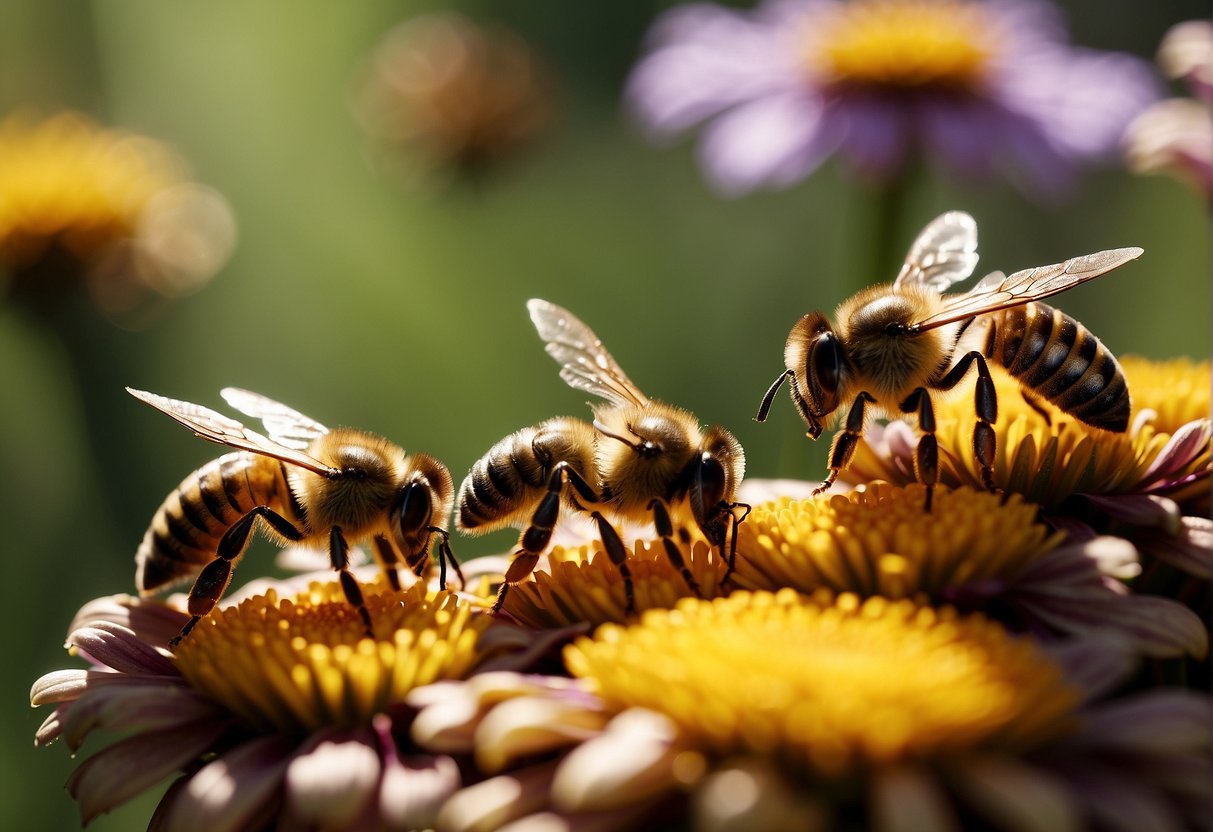
Beeswax lip balm is a popular choice for skin care. In this section, we address common queries about its benefits, effectiveness, ingredients, comparisons to other lip balms, and potential side effects.
What are the benefits of using beeswax in lip balm?
Beeswax acts as a natural skin protectant, sealing in moisture without clogging pores. Its vitamin A content aids in the regeneration of skin cells, making it beneficial for the lips.
Can beeswax lip balm help with chapped lips?
Beeswax lip balm is excellent for chapped lips due to its protective barrier which helps retain lip moisture and protects against harsh environmental factors.
What are the main ingredients in a beeswax-based lip balm?
Typically, a beeswax-based lip balm will include beeswax, carrier oils such as coconut or almond oil, essential oils for scent, and possibly honey or vitamin E for added skin benefits.
How does beeswax compare to other lip balm bases like petroleum jelly?
Beeswax is a natural, renewable substance that allows the skin to breathe, whereas petroleum jelly is a byproduct of oil refining. Beeswax also has a firmer texture than petroleum jelly, which many find preferable in a lip balm.
Are there any known side effects of using beeswax lip balm?
Most people use beeswax lip balm without any adverse effects. However, those with propolis allergies should be cautious, as beeswax contains trace amounts of propolis.
Why might some people find beeswax lip balms less moisturizing than expected?
Some individuals might perceive beeswax lip balms as less moisturizing due to the wax's nature to create a barrier rather than penetrating the skin like other emollients. Adding hydrating ingredients can enhance the moisturizing effect.